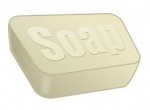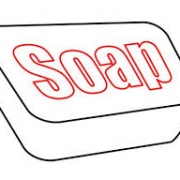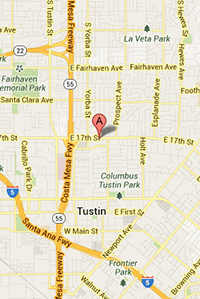SOAP, Beyond Clean! Part 2
After attaining a good patient history, it is important for me to assess the patient’s condition objectively. This is the second part of the S.O.A.P note; subjective, objective, assessment, plan. Something that is subjective is influenced by personal feelings, tastes, and opinions. To be objective, something must be rooted out independent of these personal feelings and opinions. The patient will report the subjective details about the reason for their visit then it is my duty to further investigate. Objective signs are used to support the patient’s symptoms and ultimately, my final diagnosis. It is critical that I be able to objectively come to a conclusion without relying on the patient’s self-reported symptoms. This allows me to verify the patient’s diagnosis based on facts and clinically traceable signs.
Let’s look at the example from SOAP Part I again. The patient presented with a complaint of “my eyes are often red.” Once I ask a series of problem focused questions, I have a thorough medical history which helps me narrow down my potential diagnosis. For this example, the diagnoses are infection, allergy, and dryness. The objective signs I expect to see are different for each of these diagnoses. In the case of infection, the main difference I may expect to find is discharge. For allergy, I would expect to find swelling of various parts of the eye, papillae behind the eyelids and no pre-auricular node hardness. Finally, dryness would show decreased tear break-up time and corneal defects would be evident with staining.
As you can see, the patient can come in with subjective symptoms which are shared by multiple conditions. The objective signs however, are more unique for each condition. To make an accurate diagnosis, objective evidence is needed to clearly and accurately come to the correct diagnosis. Stay tuned for the next part of the series SOAP, Beyond Clean to learn about the assessment of the diagnosis, the “A” in SOAP.
Blog contribution by Jennifer Aslam, Optometry Intern, College of Optometry, Western University of Health Sciences.



